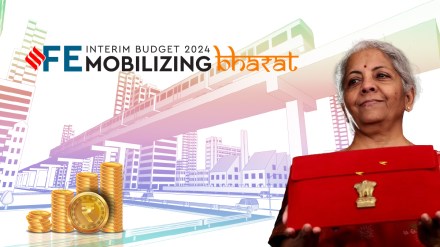Acknowledging its pivotal role in the nation’s connectivity and transportation network, Finance Minister Nirmala Sitharaman outlined key strategies and allocations geared towards the enhancement and modernisation of the railway infrastructure.
One of the key initiatives for the sector includes converting 40,000 normal rail bogies as per India’s first semi-high train ‘Vande Bharat’ standards. The move aims to enhance the safety, convenience, and comfort of passengers.
As the locomotive of economic progress, the railways sector took center stage in the Minister’s address, underscoring its significance in shaping India’s journey towards a more robust and efficient transportation system.
Three key economic railway corridors
The interim budget also brought an imperative move which include building three major economic railway corridor programmes.
These corridors will be built for the energy, mineral, and cement sectors. Besides, port connectivity corridors and high-traffic density corridors are also the part of Indian Railway mega project.
Notably, these projects have been identified under the PM Gati Shakti for enabling multi-modal connectivity, which will improve logistics efficiency and reduce cost.
The resultant decongestion of the high-traffic corridors will also help in improving the operations of passenger trains, resulting in safety and higher travel speed for passengers. Along with dedicated freight corridors, these three economic corridor programs will accelerate country’s GDP growth and reduce logistic costs.
